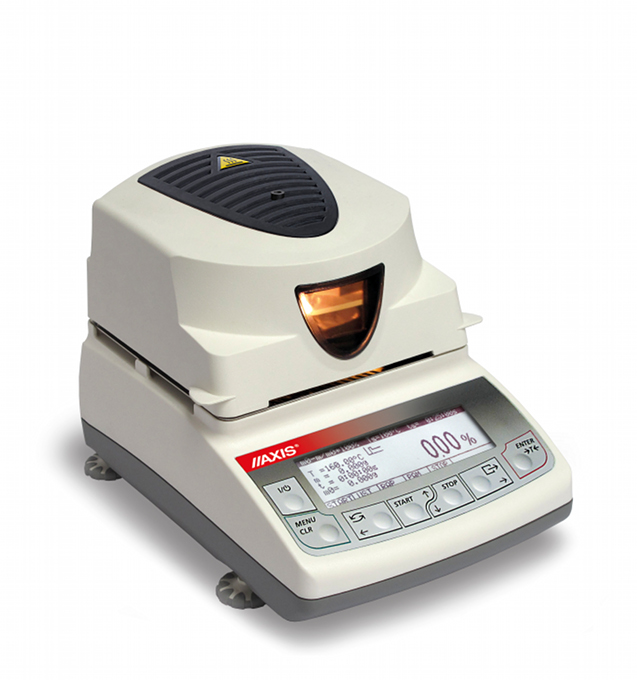What is Moisture Analysis? Moisture analysis is a broad field encompassing a wide variety of methods for measuring moisture content in solids, liquids, and gases. Moisture is an important specification in commercial food production, and trace moisture measurements are critical to manufacturing quality assurance. Moisture analyzers are used to detect even the smallest changes in the moisture content of various substances. To find out more, read on!
Moisture meters
A wide variety of portable moisture meters are available in the market today. These devices work on the conductivity principle and eliminate the need for time-consuming and inaccurate gravimetric oven moisture analysis. They also help in timely machine adjustments. These instruments use two metal probes to measure moisture levels in the air and in a sample. Regardless of their style, they all use the same principle. A wide range of models is available from Finna Sensors, which are popular among manufacturers.
Most moisture meters are calibrated for wood, with readings ranging from five to forty percent. Non-wood materials are measured using a relative scale from 0 to 100. Some meters feature visual indicators for dry, moderate, and saturated moisture levels. Others offer a third scale for gypsum, ranging from 0.2 to 50 percent. In either case, they will provide an accurate reading. Moisture meters can be used for a variety of purposes, but they are typically best used to assess problems that are caused by excess moisture.
Some moisture meters and moisture analyzers use microwave technology. These instruments work with moving materials and can give quick results. Microwave technology is particularly effective for inline measurement. These machines are sensitive enough to give 0.1 percent accuracy, but they also provide short measuring intervals and fast results. Some models come with a switching interface that allows quick countermeasures in case the sample is too moist. This feature is found on only a small number of moisture analyzers.
Surface and pin-type moisture meters have two metal or plastic pins that penetrate the surface to read the moisture. They also allow the user to see moisture content as a percentage. These meters are often faster than other types of meters, and they can also be used to determine the efficiency of cleaning processes. However, pinless moisture meters are not ideal for detecting moisture gradients and are not very accurate for measuring shell and core moisture content.
Portable moisture meters and moisture analyzers use indirect methods. This method is labor-intensive, but results are fast and accurate. A user can use values to identify moisture deviations and narrow down the areas to be checked. Those that use a conductivity measurement can also use partially insulated probes to measure values at different depths. They also facilitate assessment of drying behaviour. In addition, the measurement results can be used to isolate areas that have increased moisture levels.
Surface and pin-type moisture meters work on uneven surfaces. The non-insulated pins must penetrate the wood to at least one sixteenth of an inch. The measurement should increase by 1 to two points when the pin is inserted deep enough. If there is no change, the wood may be wet only on the surface. Surface meters are more accurate at high moisture levels than their pin-type counterparts, which can be inconvenient for measurements.
A moisture analyzer measures the moisture content in different samples, including food, chemicals, and pharmaceuticals. The instrument consists of a weighing unit and halogen heating unit, and can suit the needs of production in the pharma, food, and chemical industries. The MA 160 offers a wide range of benefits, including precise weighing, temperature, and user-friendly, step-by-step guidance. Its durable construction and global service network ensures that it works properly for years.
The accuracy of moisture meters and moisture analyzers depends on the weighing component. As with any analytical balance, the moisture analyzer should be calibrated and installed in a hygienic environment. Excess dust and high humidity can interfere with the measurement accuracy. Work in a fume hood if you are working with explosive materials. The accuracy of the results depends on the accuracy of the weighing component.
The Delmhorst and Pin-type moisture meters are the most popular among these tools. They measure the moisture level in wood at a particular temperature, and their electrical accuracy is 0.5 percent in the range of six to 12 percent. However, the pin-type meters will not work well in constant sub-freezing temperatures. The electrical characteristics of wood differ depending on species. For this reason, the Delmhorst meters use USDA-standard Douglas Fir as their calibration standard.



